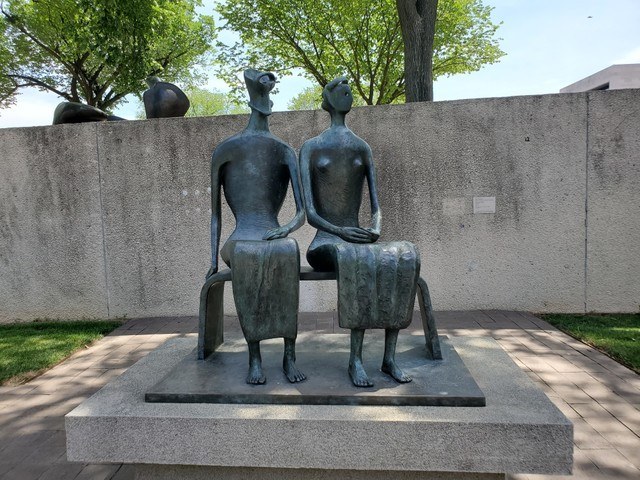St. Augustine, FL
February 17, 2022
The Oldest House contains several pieces of St. Augustine's history curated by the St. Augustine Historical Society. Currently, the museum complex contains several exhibits. One collection contains several pieces of work from Richard Twine, a Black photographer known for his documentation of life in Lincolnville. The room with that exhibit also contains a collection of maps of the area over time. In the Tovar House, visitors can explore St. Augustine's history and culture around surfing, Marineland's history, and work from local artists.
Artifact 1: Richard Twine's camera
This glass-plate camera belonged to Richard Twine. The Historical Society came into possession of it after someone found it discarded and decided to rescue the artifact and all the negatives along with it.
Artifact 2: Surfboard shaped by David Farina
This surfboard is one of many in the Surf Culture Museum. The museum contains unique oral histories from local surfers. From community involvement to the history of competitions to the rivalries between surfers and fishers, the Surf Culture Museum gives an intimate look at St. Augustine surfing.
Image in Conversation 1
This image is a historical photo of the Winchester Mystery House or Winchester Mansion in San Jose, California. The house was built by Sarah Winchester from 1886 to 1922. The house has a reputation due to its strange features and extensive construction period. Many believe Sarah constructed the house this way to ward off the ghosts of those killed with Winchester rifles. The house's features remind me of the old photos of the Oldest House from when it was built in the Victorian style. The array of rooms and architecture reminds me of the way the Oldest House has bene modified so that every room displays a different era.
Image in Conversation 2
This image captures the Henry Moore's statue "King and Queen," located in the Hirshhorn Museum's statue garden. The statue takes the old concept of Egyptian statues and puts them in a modern style. All the statues in the garden are modern or abstract in nature, which sets the tone and expectations for what's inside the museum even if visitors don't enter. The statues in the Oldest House's garden do the same; they demonstrate the house's Victorian style and create the atmosphere of living in the past.
Literature in Conversation
"Nothing in my room could be salvaged whole. Pieces of books survived."
- Parable of the Sower by Octavia Butler
This passage refers to how the main character cannot salvage anything sentimental from her childhood home after it's burned down in an attack on her neighborhood. This passage reflects how preservation always involves destruction. Lauren (the main character) must choose what aspects of her life to preserve, but the only choices she can make are the aspects that will help her survive. Historians have to choose what to preserve, which means that some things will be lost and destroyed.
Creative Component
Indigo - For Professor Mongiovi's exhibit on indigo plantations
Brick - For the Victorian section of the house and the pathways
Spain - For the massive Spanish influence on the house and the city
Surf - For the Surf Culture Museum
Victorian - For my favorite period of architecture the house went through
Citrus - For Professor Mongiovi's exhibit on citrus plantations
Negatives - For Twine's photography
Gardens - For the gardens within the complex's walls
Brazier - For the brazier in the First Spanish Period section of the house

















